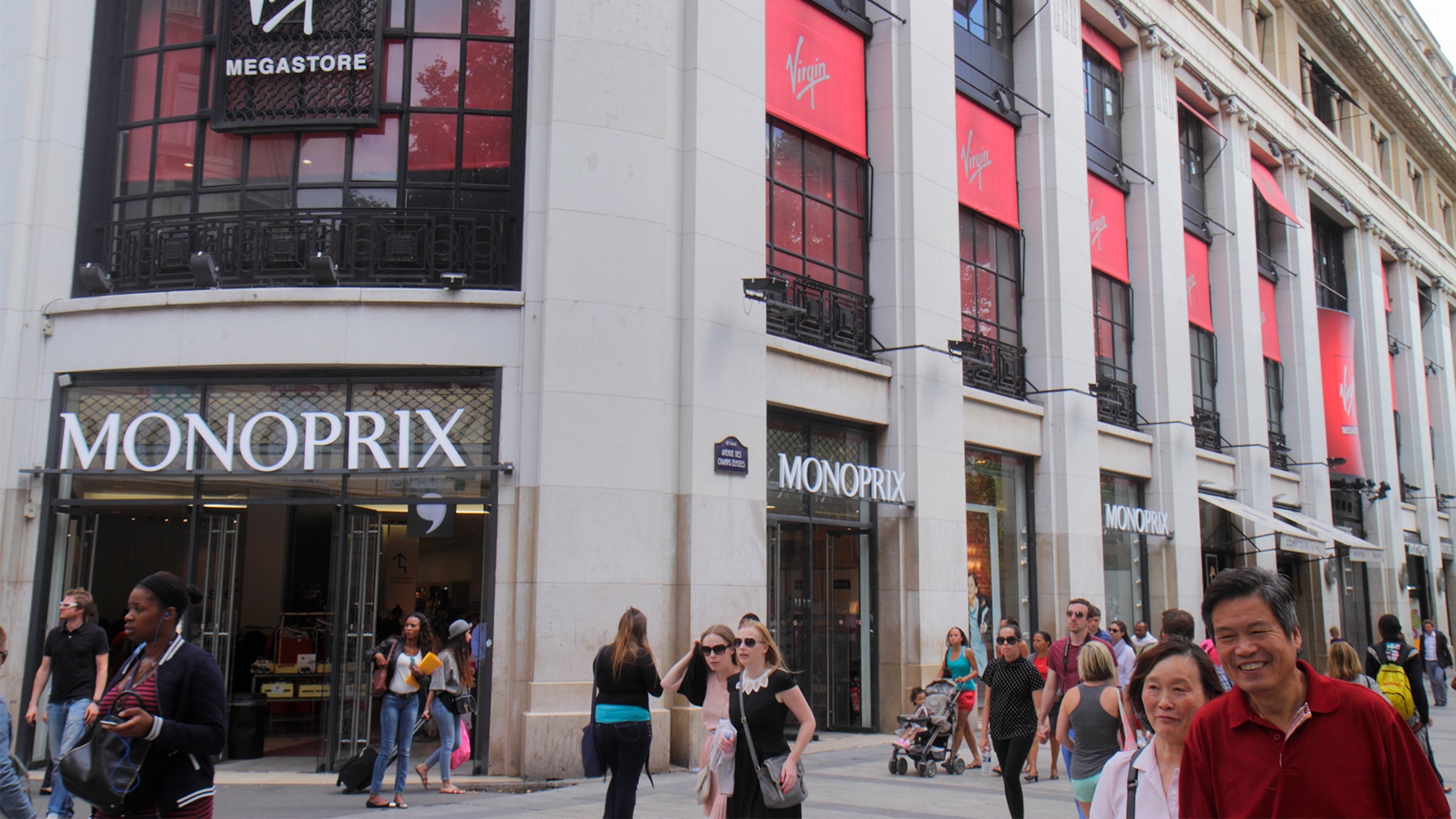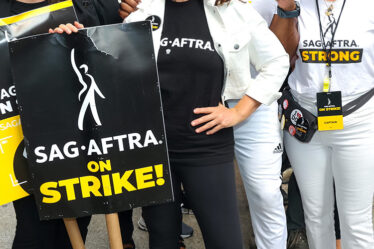
For the last two years, LVMH has been gearing up to provide consumers with unprecedented levels of information about where and how its clothes and shoes are made.
Across its brands, from Louis Vuitton and Dior to Celine and Loewe, the French luxury titan is pushing to unravel complex supply chains, trace the origins of its products and pin down granular data needed to comply with an oncoming wave of regulation aimed at addressing fashion’s environmental impact. It’s a huge undertaking to track the information across houses and products, and it’s still a work in progress.
“We have a gap in every maison,” said LVMH environmental deputy director, Alexandre Capelli.
The company is racing to align with new laws; on Jan. 1, France quietly made it mandatory for fashion’s biggest companies to give shoppers detailed information about environmental characteristics like the proportion of recycled material in a product, as well as where garments are sewn and materials woven.
The law is an early salvo in a broad regulatory push taking shape across Europe and the US that is set to end years of lax controls over the fashion industry’s environmental footprint and links to labour abuses.
Compliance is complicated and will require companies to have a much greater command of their supply chains than most currently do. And while some of the proposed new rules are likely to take years to wend through the legislative process (and even longer to come into force), others – like France’s new law – will require companies to act now.
Fashion isn’t ready.
A Test Case
France’s new requirements fall under the country’s Anti-Waste for a Circular Economy, or AGEC, law, which aims to push companies towards more circular production and shoppers towards more responsible consumption habits. It requires brands to provide consumers with much more transparency about the countries they source from and the environmental impact of the materials used.
For instance, if a brand says a T-shirt is made of recycled material, it will need to disclose the proportion that is recycled. If more than 50 percent of a garment is made of synthetic fibres, it needs to carry a warning that it will shed microfibres in the wash. There are strict guidelines governing whether a company can claim an item is recyclable, and brands are required to publish the country where a product is made, as well as where the core material it contains is processed and manufactured.
“It’s the first time a regulation has required so much disclosure in the entire industry,” said Baptiste Carriere-Pradal, speaking in his capacity as co-founder and director at public affairs consultancy 2B Policy. He also chairs the Policy Hub, an EU advocacy group that represents the interests of fashion trade groups. “The industry is not prepared at all.”
Though the law’s introduction is staggered to give smaller brands more time to get ready, it came into force for the biggest brands this month. Just figuring out whether a company is covered can be complicated. This year, the law applies to businesses that sell more than 25,000 items a year in France and generate revenue in excess of €50 million ($54 million) in the country. It doesn’t cover leather goods.
“It’s really complicated,” said Sophie Bonnier, head of environmental excellence and circularity at French luxury conglomerate Kering. “We have to define for each brand who is concerned, when, and then have to find the information to be published.” In Kering’s case, the conditions mean that Gucci and Balenciaga are covered this year, but other major labels, like Bottega Veneta and Saint Laurent, are not.
Brands are expecting a grace period as they scramble to gather the information needed to comply. The law was passed in 2020, but details of the new requirements were only published in April, providing scant time to process the huge volumes of data needed, they say.
A quick scan of many major players’ French websites shows mixed uptake so far and highlights some of the complexity involved. A pair of leggings for sale at Nike are promoted as mostly recycled, but there’s no percentage breakdown of the recycled content. A black polyester “skort” for sale at Zara offers up details of manufacturing locations, but misses any information about the risk of microfibre shedding in the wash. A synthetic Louis Vuitton jersey dress doesn’t carry a similar warning because the garment is dry-clean only, LVMH said.
Adding to the challenge for many brands, information on what’s expected is largely in French and exactly how some of the data should be calculated and presented hasn’t yet been defined. The rapid turnover of many styles, somewhat inherent in the trend-driven nature of fashion, makes things harder too.
LVMH is scaling up a partnership with traceability and data management platform Fairly Made to gather and keep track of the information it needs to comply. This year, the luxury giant’s priority is to nail down details for products that carry over season-to-season, said Capelli. Zara-owner Inditex and Kering both said they are working to make sure they comply fully. Nike did not respond to a request for comment.
Across the industry, meeting the conditions of the law is a big and complicated task that requires fashion brands to deliver on years-long commitments to improve their supply-chain traceability, a task that ultimately requires time and money to build out capabilities and processes across the business.
“It requires a change in the way you operate,” said Carriere-Pradal. “At the same time, it’s revealing that a lot of this information was not to hand.”
A Regulatory Crunch
For brands, being caught flat footed is becoming riskier as regulation that is likely to require big changes to business operations moves forward globally, bringing with it the threat of financial penalties and legal action.
To be sure, the penalties associated with AGEC aren’t large (€15,000 at most); the bigger risk is reputational and legal, with NGOs, consumer protection agencies and shoppers themselves very focused on what brands are saying, said Joanna Peltzmann, a partner leading the environment practice at Paris at law firm Osborne Clarke.
Around the world, several brands are already facing litigation for making allegedly misleading environmental claims. Other laws under consideration globally could bring heftier fines measured in percentages of brands’ global revenue, with the scope of what’s covered set to increase significantly.
The European Union is working through a suite of policies intended to reshape the way fashion operates by the end of the decade. Planned regulations include new design requirements to make products more durable and reduce their environmental footprint and to provide more transparency for consumers about items’ impact on the climate.
Countries including France and Germany have already toughened up due diligence requirements, making brands more accountable for bad behaviour in their supply chains; regulation the European Union is also considering.
Over the last 12 months, New York and California have passed bans on toxic “forever” chemicals commonly used in waterproof outerwear. The proposed New York Fashion Act, which blends tough due diligence and transparency requirements, could expose companies to penalties worth up to 2 percent of global revenue if passed.
The best positioned brands will be making strategic investments that set them up to comply with the likely new rules now. Many big companies have already stepped up spending on traceability tools in anticipation of demands for more data and disclosure, similar to LVMH’s efforts with Fairly Made. And companies are putting teams from design to sourcing into training on sustainability requirements, while also hiring subject experts and public affairs specialists into senior roles to help stay on top of the changing landscape.
“Management of sustainability matters is clearly moving from a question of ‘good practice’ or ‘guidance’ to hard law,” said Susanne Bullock, a partner at law firm Gibson Dunn & Crutcher. “Brands are well advised to monitor these developments closely.”
For more BoF sustainability coverage, sign up now for our Weekly Sustainability Briefing by Sarah Kent.



